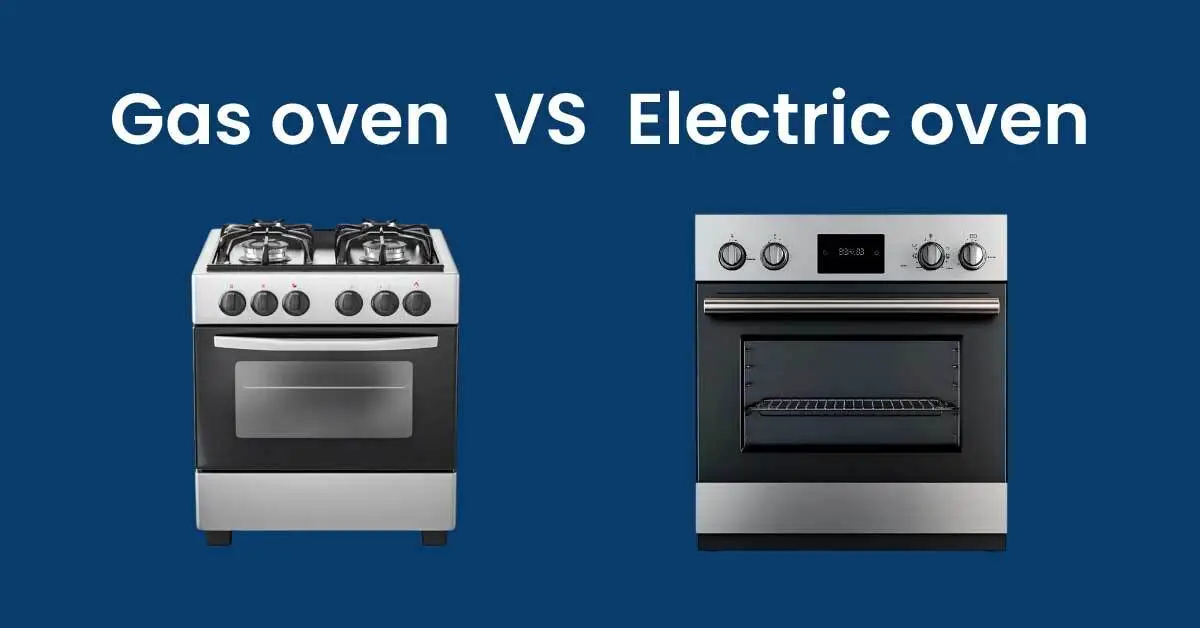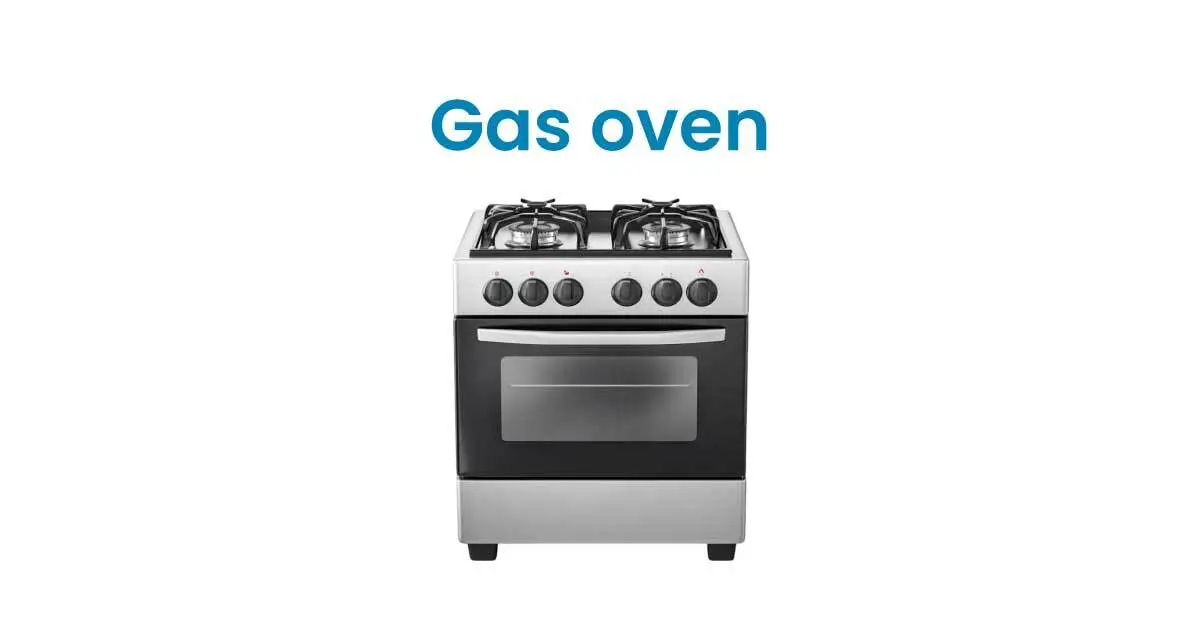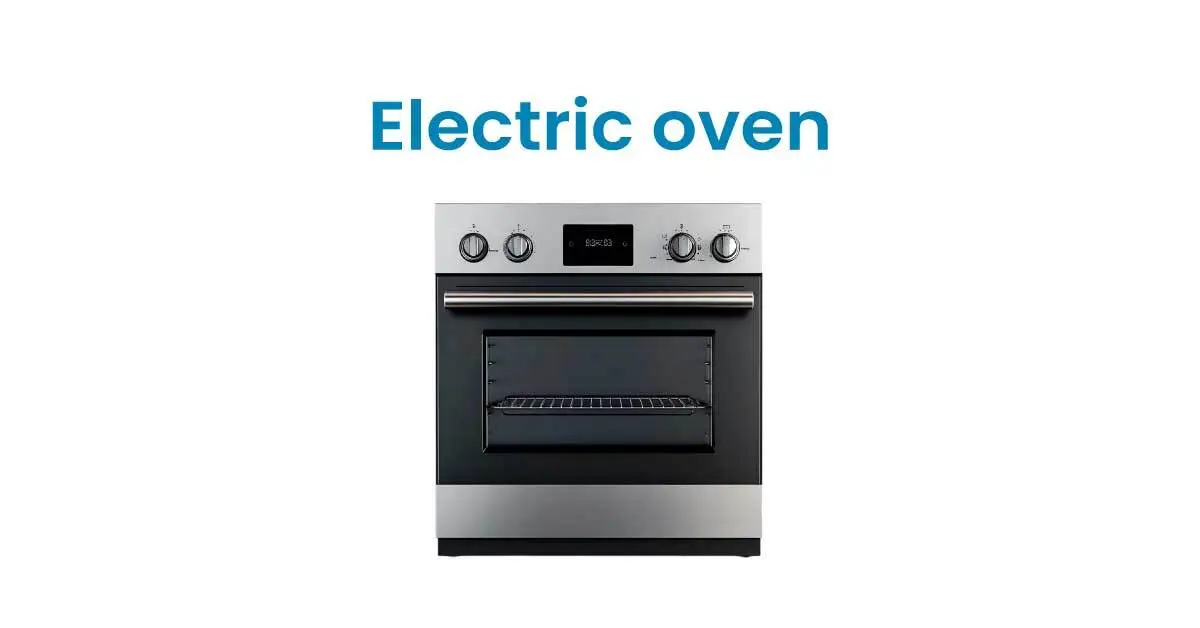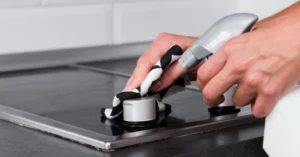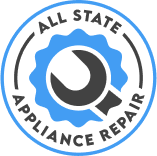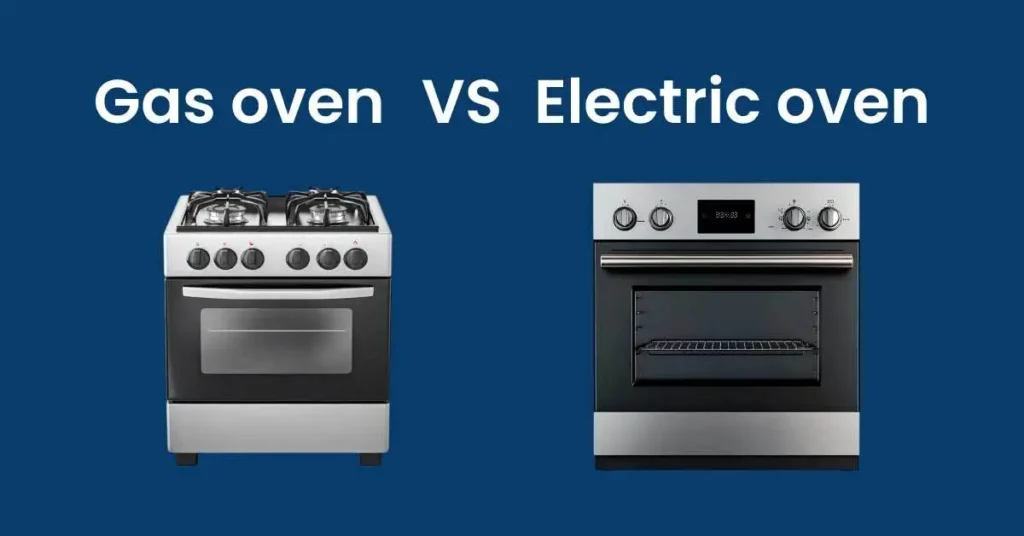
Gas vs. Electric Ovens: Which is Easier to Maintain and Repair?
When choosing between a gas or electric oven, the decision often hinges on cooking performance, cost, and ease of maintenance. While both types have their merits, understanding the repair and maintenance differences can save you time, money, and frustration in the long run. This comprehensive guide dives into the pros and cons of gas and electric ovens, focusing on their repair needs, maintenance requirements, and practical considerations for homeowners. Whether you’re a passionate home cook or simply want a reliable appliance, this blog will help you make an informed choice.
Understanding Gas and Electric Ovens: How They Work
Before diving into maintenance and repair, it’s essential to understand how gas and electric ovens function, as their mechanics influence their upkeep.
Gas Ovens
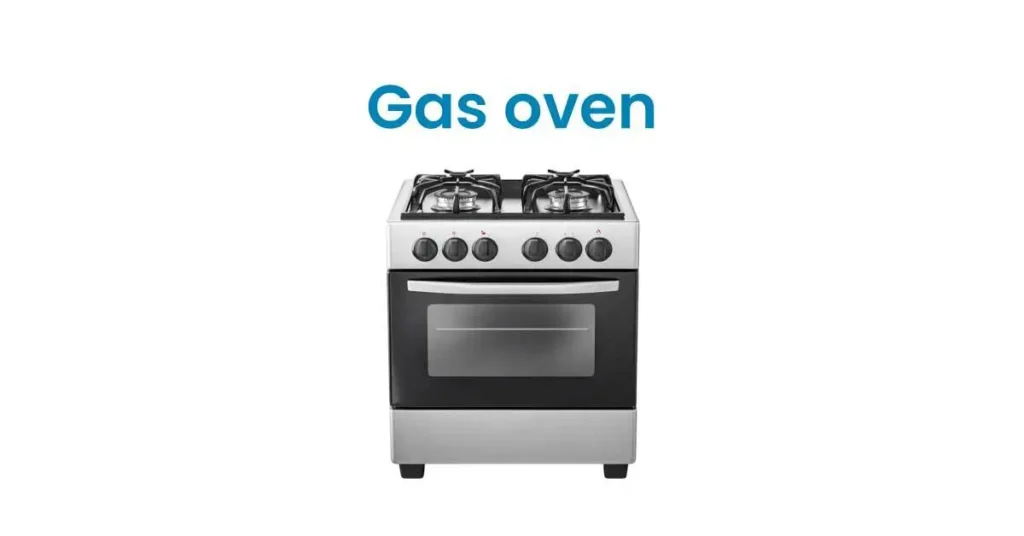
Gas ovens operate using a natural gas or propane flame, ignited by a burner or igniter at the oven’s base. The flame provides heat, and combustion produces moisture, creating a humid cooking environment. Gas ovens require a gas line hookup and proper ventilation to manage byproducts like carbon monoxide. Their stovetops feature open flames, allowing precise and immediate heat control.
Electric Ovens
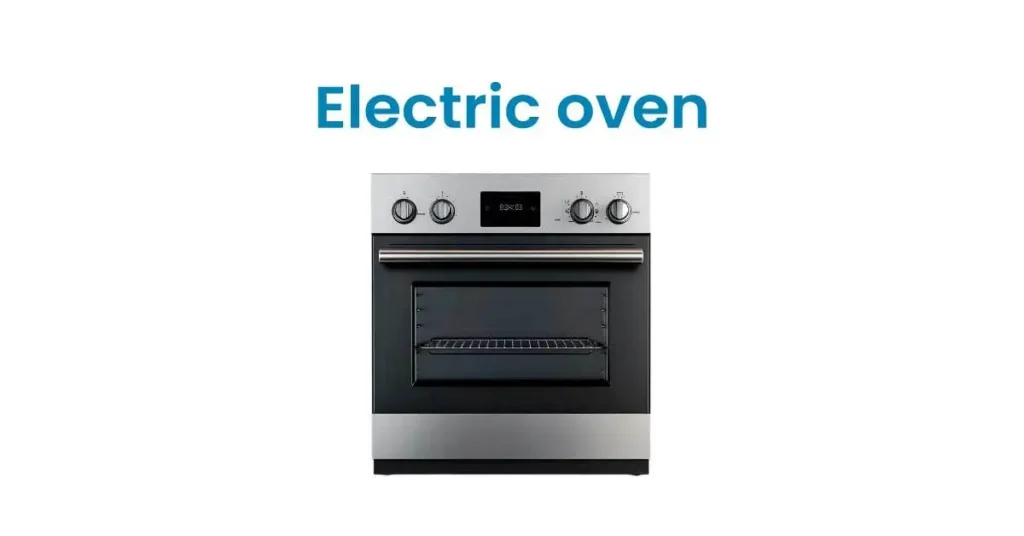
Electric ovens rely on metal heating elements, typically located at the top (for broiling) and bottom (for baking) of the oven cavity. These elements heat up when electricity passes through them, and a thermostat regulates temperature. Electric stovetops often have smooth ceramic-glass surfaces or exposed coils, offering consistent but slower-to-adjust heat compared to gas.
Maintenance Needs: Gas vs. Electric Ovens
Maintenance plays a critical role in extending the lifespan of your oven. Both gas and electric ovens require regular care, but their maintenance needs differ significantly.
Gas Oven Maintenance
Gas ovens demand careful attention due to their fuel source and combustion process. Key maintenance tasks include:
- Cleaning the Burners and Igniter: Food debris or grease can clog burners, affecting flame consistency. Regular cleaning with a damp cloth and mild detergent prevents buildup. The igniter, which sparks the flame, should be checked for wear, as a faulty igniter can prevent the oven from heating.
- Ventilation Checks: Proper ventilation is crucial to avoid carbon monoxide buildup. Ensure vents are clear and consider installing a carbon monoxide detector.
- Checking for Gas Leaks: Periodically inspect gas lines for leaks. A sulfur-like smell or hissing sound may indicate a problem, requiring immediate professional attention.
- Grate and Drip Pan Cleaning: Gas stovetops have grates and drip pans that trap grease and spills. These need regular scrubbing to prevent corrosion and maintain efficiency.
Maintenance Frequency: Clean burners and grates monthly, inspect gas lines quarterly, and schedule professional maintenance annually to ensure safety.
Electric Oven Maintenance
Electric ovens are generally easier to maintain due to fewer moving parts and no gas-related risks. Key tasks include:
- Cleaning the Heating Elements: Food splatter on heating elements can cause uneven heating or burning smells. Wipe elements gently with a damp cloth when cool, avoiding harsh chemicals.
- Smooth Top Cleaning: For electric ovens with ceramic-glass stovetops, use a specialized cleaner to remove grease and prevent scratches. Avoid abrasive sponges that can damage the surface.
- Checking Door Seals: Inspect the oven door gasket regularly for wear. A damaged seal can lead to heat loss, reducing efficiency and increasing energy costs.
- Self-Cleaning Feature: Many electric ovens have a self-cleaning mode that burns off residue at high temperatures. Use this feature every 3–6 months, but follow manufacturer guidelines to avoid damaging components.
Maintenance Frequency: Clean the stovetop weekly, wipe interior surfaces monthly, and run the self-cleaning cycle as needed.
Comparison: Electric ovens are easier to clean due to their smooth surfaces and lack of open flames, reducing the risk of grease buildup in hard-to-reach areas. Gas ovens require more vigilance to ensure safety, particularly with gas lines and ventilation.
Repair Considerations: Gas vs. Electric Ovens
When an oven malfunctions, repair costs and complexity vary between gas and electric models. Understanding common issues and their fixes can help you budget and decide whether to repair or replace.
Common Gas Oven Repairs
Gas ovens combine electrical and gas components, making repairs more intricate and requiring specialized expertise. Common issues include:
- Igniter Failure: The igniter, which sparks to light the gas, is prone to wear. A faulty igniter may produce a weak spark or fail entirely, preventing the oven from heating. Replacement requires precise handling to ensure proper alignment and function.
- Gas Valve Issues: The gas valve regulates fuel flow to the burner. A malfunctioning valve can cause inconsistent heating or prevent the oven from igniting, often due to wear or debris buildup. Professional repair is necessary due to the safety risks of handling gas components.
- Thermostat Problems: A defective thermostat can lead to inaccurate temperature control, resulting in undercooked or overcooked food. This issue often stems from sensor wear or calibration errors, requiring recalibration or replacement.
- Burner Malfunctions: Clogged or damaged burners can cause uneven flames or failure to ignite. This may result from grease buildup or physical damage, affecting cooking performance. Cleaning or replacing burners restores consistent heating.
Repair Complexity: Gas oven repairs often involve both electrical diagnostics and gas system expertise, increasing the time and skill required. Safety precautions, such as shutting off the gas supply, are critical during repairs.
Common Electric Oven Repairs
Electric ovens rely solely on electrical components, making repairs generally simpler and more straightforward. Common issues include:
- Heating Element Failure: Burnt-out or damaged heating elements are a frequent issue, causing the oven to stop heating or heat unevenly. Replacing elements is relatively quick, as they are accessible and don’t involve gas-related risks.
- Thermostat Issues: A malfunctioning thermostat can disrupt temperature regulation, leading to inconsistent cooking results. This may result from sensor failure or electrical faults, requiring recalibration or replacement.
- Control Board Failure: Modern electric ovens use electronic control boards to manage settings and functions. Power surges, overheating, or wear can cause boards to fail, resulting in error codes or unresponsive controls. Replacement requires technical expertise to ensure compatibility.
- Wiring Problems: Loose connections, frayed wires, or electrical shorts can disrupt power to the oven or stovetop. These issues often arise from age or improper installation and need careful inspection to restore functionality.
Repair Complexity: Electric oven repairs are typically less complex, as they involve standard electrical components and no gas-related safety concerns. Most issues, like element or thermostat replacement, are quick fixes for trained technicians.
Comparison: Electric oven repairs are generally faster and less complicated due to their simpler design, with fewer safety risks. Gas oven repairs require specialized knowledge of gas systems, increasing the need for professional intervention and careful handling.
Cost of Ownership: Running and Repair Costs
Running Costs
- Gas Ovens: Gas ovens typically have lower operating costs than electric models due to cheaper fuel rates in most regions. However, they require a gas line, which may involve significant installation expenses if not already present.
- Electric Ovens: Electric ovens consume more energy, leading to higher utility bills, especially in areas with elevated electricity rates. Installation is usually simpler, requiring only a standard 240-volt circuit in most homes.
Maintenance and Repair Over Time
Electric ovens often require less frequent and less complex repairs due to their simpler components, potentially reducing long-term maintenance costs. Gas ovens, while durable, may face more significant repair needs due to the complexity of gas-related issues, such as igniter or valve failures, which demand specialized attention.
Safety Considerations
Gas Ovens
- Risks: Potential gas leaks pose a serious safety hazard, releasing carbon monoxide or causing fire risks. Proper ventilation and regular inspections are critical.
- Precautions: Install a carbon monoxide detector, check for gas smells, and schedule annual professional inspections.
Electric Ovens
- Risks: Electric ovens are safer, with no risk of gas leaks. However, faulty wiring or power surges can cause electrical hazards.
- Precautions: Ensure the oven is plugged into a dedicated 240-volt circuit and inspect wiring periodically.
Comparison: Electric ovens are inherently safer due to the absence of gas-related risks, making them a better choice for households prioritizing safety.
When to Call a Professional for Oven Repairs
While some maintenance tasks, like cleaning burners or wiping down surfaces, can be done at home, certain issues require professional expertise. If you notice any of the following, it’s time to contact a technician:
- Gas Oven Issues: Gas smells, weak flames, or ignition problems indicate potential leaks or faulty components. These require immediate attention to prevent safety hazards. For expert gas oven repairs, check out our oven repair services for trusted appliance solutions.
- Electric Oven Problems: Uneven heating, sparking elements, or error codes on the control panel signal electrical issues. A professional can diagnose and fix these efficiently. Visit our oven repair services for comprehensive appliance care.
- Persistent Malfunctions: If your oven fails to maintain temperature or shuts off unexpectedly, a technician can identify underlying issues, such as thermostat or control board failures.
Hiring a professional ensures safety and prevents further damage. For complex repairs, trust our oven repair services to keep your kitchen appliances running smoothly.
Baking Performance: Gas vs. Electric Ovens
Gas Ovens
- Pros: The moist heat from gas combustion is ideal for baking bread, pies, and roasts, as it prevents crusts from drying out. Gas ovens heat up faster, reducing preheating time.
- Cons: Temperature fluctuations due to the on/off cycling of the flame can affect delicate baked goods like cakes.
Electric Ovens
- Pros: Electric ovens provide dry, even heat, making them ideal for cakes, cookies, and other baked goods requiring consistent temperatures. Fan-assisted electric ovens enhance airflow for uniform results.
- Cons: Slower preheating times (10–25 minutes vs. 10–15 minutes for gas) can delay cooking.
Best for Baking: Electric ovens are generally preferred for baking due to their consistent heat, especially for delicate items. Gas ovens excel for moist-heat recipes like artisan bread or pizza.
Lifespan and Reliability
- Gas Ovens: Average lifespan is 10–15 years. Durability depends on regular maintenance to prevent gas line or igniter issues.
- Electric Ovens: Also last 10–15 years, but simpler components make them slightly more reliable. Control board failures in modern models can be a concern.
- Comparison: Both are comparable in lifespan, but electric ovens may require fewer major repairs over time due to fewer complex parts.
Environmental Impact
- Gas Ovens: Emit greenhouse gases, including carbon monoxide, even when off, contributing to environmental harm. Some regions are banning gas appliances in new buildings.
- Electric Ovens: More environmentally friendly, especially if powered by renewable energy. However, they rely on electricity, which may come from fossil fuels depending on your region.
Comparison: Electric ovens are generally better for the environment, particularly in areas with clean energy grids.
FAQs: Gas vs. Electric Ovens
- Which is better, gas or electric oven?
- It depends on your needs. Gas ovens offer quick heating and precise stovetop control, ideal for roasts and moist-heat baking. Electric ovens provide even heat for baking and are easier to maintain. Consider cooking style, safety, and energy costs.
- What are the disadvantages of a gas oven?
- Gas ovens require careful maintenance to prevent leaks, produce moisture that can affect baking, and have higher repair costs due to complex components like igniters and gas valves.
- Do electric ovens need servicing?
- Yes, electric ovens benefit from annual servicing to check heating elements, wiring, and door seals. Regular cleaning and self-cleaning cycles reduce the need for major repairs.
- Do chefs prefer gas or electric ovens?
- Chefs often prefer gas ovens for stovetop cooking due to precise flame control. For baking, electric ovens are favored for their even heat distribution.
- What are the disadvantages of electric ovens?
- Electric ovens heat up and cool down slowly, use more energy, and may require a dedicated 240-volt circuit, increasing installation costs in some homes.
- Can electric ovens leak gas?
- No, electric ovens cannot leak gas as they run solely on electricity. This makes them safer for households concerned about gas-related risks.
- Is it worth repairing an electric oven?
- If the oven is under 10 years old and the repair cost is less than 50% of a new oven’s price, repairing is usually worthwhile. For older models, replacement may be more cost-effective.
- How to clean a gas oven?
- Turn off the gas supply, remove grates and burners, and clean with a damp cloth and mild detergent. Avoid harsh chemicals near the igniter. Wipe the interior and run a ventilation check.
- Which oven is best for baking?
- Electric ovens are best for baking due to their consistent, dry heat, ideal for cakes and cookies. Gas ovens suit moist-heat recipes like bread or pizza.
- Are electric ovens safer than gas?
- Yes, electric ovens are safer as they eliminate the risk of gas leaks and carbon monoxide exposure, making them a better choice for safety-conscious households.
Conclusion: Which Oven is Right for You?
Choosing between a gas and electric oven depends on your cooking habits, budget, and maintenance preferences. Gas ovens offer quick heating and precise stovetop control, making them ideal for roasts and humid-heat baking, but they require vigilant maintenance and carry safety risks. Electric ovens are easier to clean, safer, and better for consistent baking, though they cost more to run and heat up slowly.
For households prioritizing low maintenance and safety, electric ovens are the better choice. If you value fast preheating and lower running costs, gas ovens may suit you, provided you’re diligent about safety checks. Regardless of your choice, regular maintenance and timely repairs are key to a long-lasting appliance. For professional assistance with oven issues, explore our oven repair services to keep your kitchen running smoothly.

